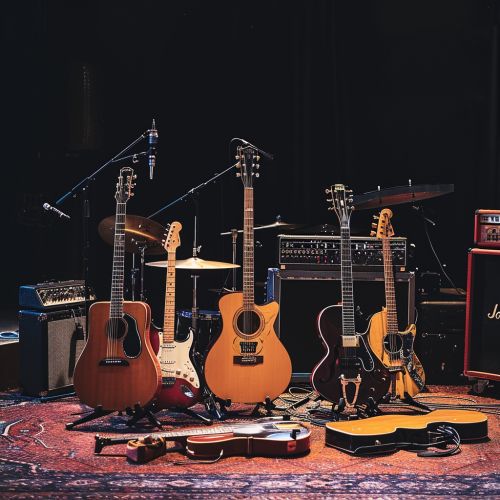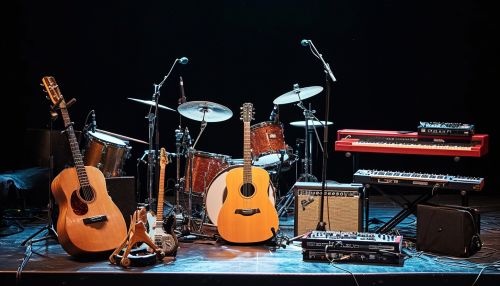Danish pop music
Origins and Development
Danish pop music, or Dansk popmusik, has its roots in the folk and classical traditions of Denmark. The genre began to take shape in the mid-20th century, influenced by the popular music trends in the United States and the United Kingdom. The 1950s saw the rise of Danish pop artists who were inspired by the rock and roll and pop music of the era.


The 1960s and 1970s
The 1960s and 1970s were a period of significant growth and diversification for Danish pop music. The genre began to incorporate elements of psychedelic rock, progressive rock, and funk. This period also saw the rise of several influential Danish pop bands and solo artists who gained both national and international recognition.
The 1980s and 1990s
The 1980s and 1990s marked a new era for Danish pop music, with the emergence of synth-pop, new wave, and dance-pop. These decades also saw the rise of the music video, which played a crucial role in promoting Danish pop music both domestically and internationally.
The 2000s to Present
In the 2000s, Danish pop music continued to evolve, incorporating elements of electronic dance music, indie pop, and hip hop. The genre has also been influenced by the global trend towards digital distribution and streaming, which has significantly changed the music industry landscape.
Notable Artists and Contributions
Danish pop music has produced numerous notable artists who have made significant contributions to the genre. These include bands and solo artists who have achieved both national and international success.
Influence and Impact
Danish pop music has had a significant influence on the global pop music scene. The genre's unique blend of musical styles and its innovative approach to songwriting and production have been widely recognized and appreciated by music critics and fans alike.
Future Directions
The future of Danish pop music looks promising, with a new generation of artists and musicians continuing to push the boundaries of the genre. The increasing use of digital platforms for music distribution and promotion is also likely to play a key role in the genre's continued growth and development.
